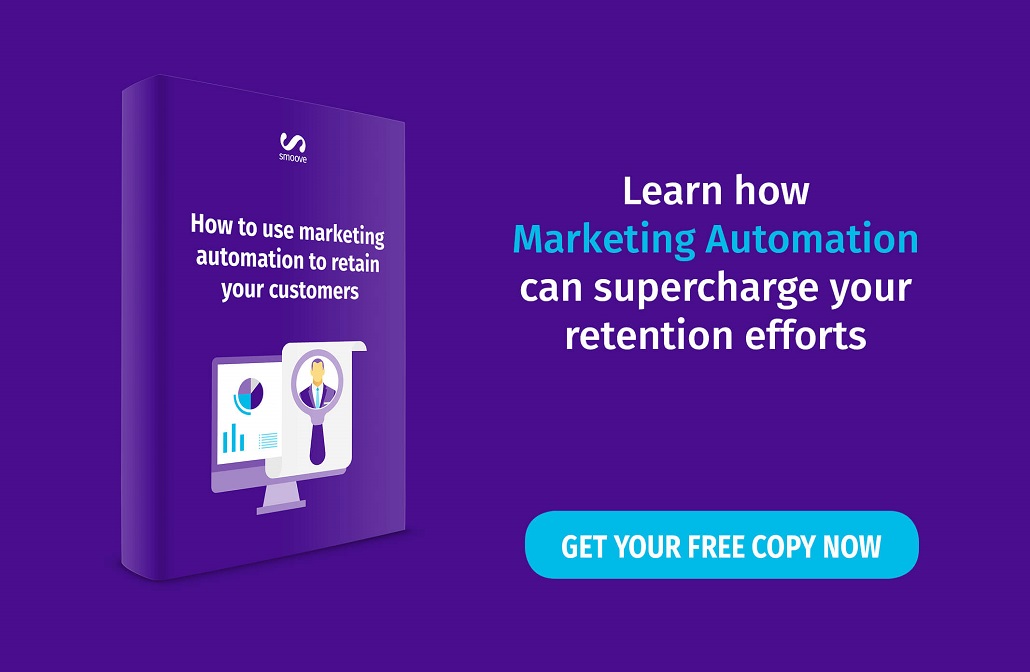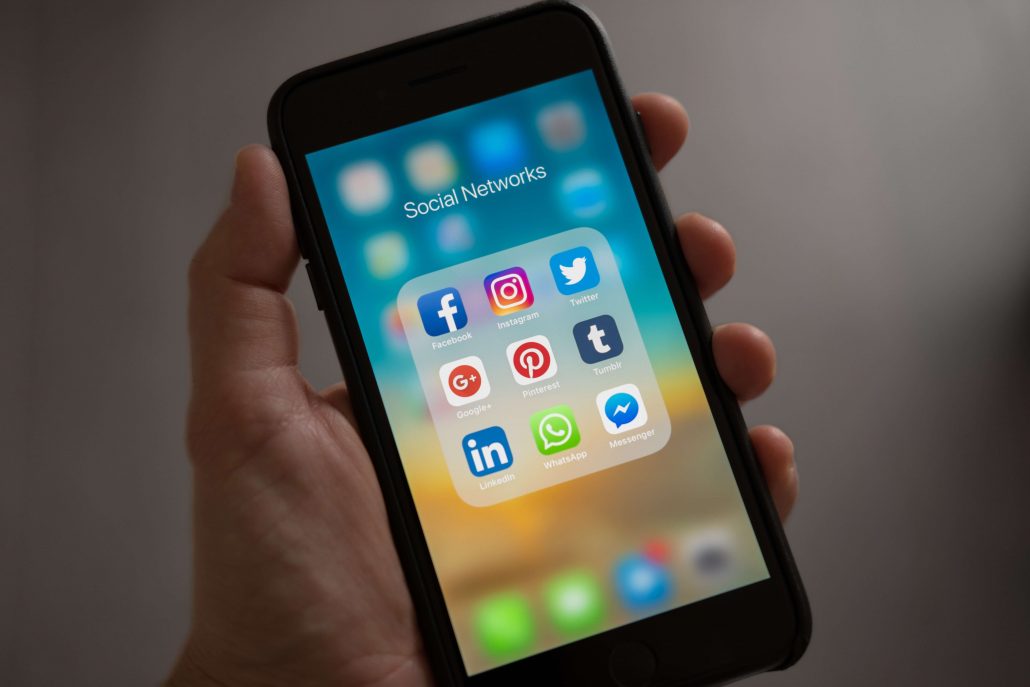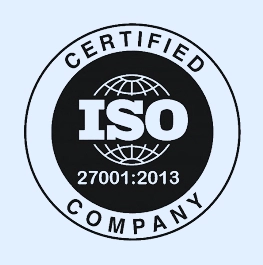The ability to convert a customer more than once while only paying a single acquisition cost is a crucial aspect to maintaining a successful business, and it’s made possible with retention marketing and digital marketing solutions. The use of digital technology tools such as automation, remarketing and personalised emails, help marketers reach their target audience better than ever to promote engagement and retention.
In a digital world, the use of data, automation and segmentation offer useful tools to connect more efficiently with your customers and optimize their overall lifetime value. According to The Office of Consumer Affairs in Washington D.C., a loyal customer will spend ten or more times their initial expenditure with a single company. By using digital marketing solutions, you can tap into and nurture a successful buying relationship with customers for the long-term.
1. Open Lines of Communication Immediately
The hardest type of customer to convert is a new one. They have less experience with your company and still have to be sold on why they should value your product or service. This means that communication should be the strongest from the get-go to establish a transparent, useful, and lasting first impression.
One useful way to maintain open communication is to use email marketing templates (with personalization) for first-time users and employ automation in funnels for their distribution. Tools like Smoove offer email templates that provide a simple solution to get started.
Nike is a good example of a company that knows how to communicate across digital outlets, from email to apps and more, and then ties it all together in physical retail locations. For example, when someone makes a purchase with retailer Nike, an email receipt is triggered to hit the buyer’s inbox. Within the email, Nike has a call-to-action for customers to opt-in to be alerted when new products and styles drop. By giving the customer the option to get push notifications, Nike opens to the door to upsell more products.
While it’s obvious for retailers to send receipts and email communication from the get-go, Nike takes the interaction a step further by creating an entire ecosystem of apps, products and experiences for their customers, both new and old alike. Nike offers its users the option to sign up for a Nike+ (Nike Plus) account to gain incentives.
Nike+ members have access to innovative mobile apps, are informed about sneaker releases before other customers, receive free delivery and free returns, to name a few benefits. Going even further, Nike+ is a program designed by athletes, for athletes. Along with transactional rewards, members can take part in exclusive events, making the entire brand relationship with its customers experiential from beginning to end.
Nike makes it easy to be a part of the Nike+ “club,” and then they are able to group their customers based on their specific buying patterns and habits so that they can communicate with them differently and gauge their level of interest with products.
It’s important to note and realize that communication should occur at multiple touchpoints and exist before, during and after the transactional process happens. Like Nike has showcased, building this kind of user experience through communication, rewards, and opportunities is a key to retaining a loyal customer base, especially in a competitive environment.
2. Use Segmentation to Target Messages
The statistics show, once you win a customer over and create brand loyalty, their purchasing habits are likely to increase more than ten-fold. RFM (recency, frequency, monetary) analysis helps retain customers through segmentation. Like Pareto’s principle states, “80% of your business should come from 20% of your customers,” so personalizing messages towards your customers is a paramount task to create and nurture loyalty.
So how can you segment your audience? RFM is a simple moniker to remember what’s important throughout the process.
-
- Recency: The more recently someone made a purchase with your brand, the more likely they are to shop again. This means that you can create an email specifically targeted to those who have recently made a purchase.
- Frequency: Naturally, the more often someone interacts with your product, the more loyal they make themselves out to be. It’s nice to reward your customers who commonly use your products because you can show that their loyalty is appreciated. Create an email list for those who have purchased a certain number of times, say within a month, and thank them for their support. Create a segment for these VIP customers and shower them with loyalty rewards.
- Monetary: Lastly, you can rank your customers based on how much they spend and create a hierarchy. In this way, you can continue to push people upwards within the sales funnel through targeted messages to each segment of customers along their journey.
The segmentation of customers based on these aspects makes it simple to offer special incentives. Rather than having to extend coupons or free shipping to your entire customer base, you can kill two birds with one stone, so to speak, and make sure that you’re protecting your own monetary interest.
3. Set Up Email Drip Marketing Campaigns
As a customer moves through your company’s sales funnel, you want to be able to communicate with them at the right time during their interaction with your product. With email drip marketing, you allow the customer’s actions to “trigger” an automated message, and these kinds of emails typically have click through rates three times higher than regular email marketing messages.
Whether you’ve already begun sending drip emails or you’re considering beginning, here are some useful tips to keep in mind to optimize success:
-
-
-
- Segment your lists based on RFM (as outlined above)
- Set rules and triggers: decide how many messages you’ll send to a customer until they are engaged (open or click through)
- Mix and match: feel free to mix email marketing messaging with sales call in whatever manner makes most sense based on your business and the goal
- Make your purpose obvious: include a call-to-action or obvious next step so your customer easily understands the message’s purpose and why they are receiving the email
- Vary your content: marketing comes down to trial and error to see what works best. Write different kinds of emails, some examples include: customer testimonials, features overview, how-tos/hacks, industry trends, and promotions
- It’s not all or nothing: make sure you set up a landing page to manage subscriber preferences. The last thing you want a fed up customer to do is fully unsubscribe from your list, so by giving them an option to control the frequency of emails, you’re more likely to hold onto their contact information in your database
- Track your results: if it can’t be measured, it can’t be managed. Try testing different subject lines, send times, sender names, call to actions and the like to measure your results.
-
-
A Step Further
But, this is the low-hanging fruit of retention drip marketing. While most companies send welcome emails and point customers towards landing pages, you can go further by truly customizing the experience. What if you could let you customers tell you more about themselves, then with little effort you can find out exactly what they need from your company, and then you can deliver it? For example, you can offer a live chat option within the email to make the communication truly go both ways.
Additionally, as drip email campaigns are designed on the “next-step” logic of a customer’s interaction, they should also take into account the emotional and psychological effect on their users. By designing clean, concise, and open space emails with direct call to actions, you can better lead your customer toward the next step you want them to make.
In all of these campaigns, segmentation is paramount so that you can ensure you’re giving the right information to the customers who need it. If you can find a way to drive customers to your business for information and inspiration outside of simply expecting them to only visit your business when they need something, you are building your brand at the top of their mind and promoting retention.
4. Enact Dynamic Remarketing Ads
Customers who have already spent money with you still need to be reminded of your existence so that they don’t go looking for the products you offer elsewhere.
Implementing remarketing display ads and targeting your audience based on their search history allows for you to push products that are relevant to your customers. This is called dynamic remarketing display ads and it allows for the use of data to push the products your customers have looked at to them after they leave your site. E-commerce retailer ASOS used Facebook remarketing and saw a 300% increase in orders along with a 250% increase in their return of investment for their ad spend.
5. Provide Platform-Specific Social Content
Dynamic remarketing ads go hand-in-hand with social media. As display ads populate your customers’ social media feeds, you can also use your own content on social media to promote brand loyalty and increase retention. Selling is psychological, and it’s equally useful to know your customer as it is to know how to talk to them on their preferred platform. People use different platforms for different reasons, and like form fits function, content should be designed for its outlet.
A good example of a brand that tailors its content based on platform is General Electric (GE). For Snapchat, GE uses emojis, doodles and fun text. They also create experiential “events” and broadcast it to various channels. For example, they placed a wireless sensor in a live volcano to predict when it would erupt. Then, they cross-pollinated and broadcasted the footage live on both Facebook and Snapchat.
“Emojis are great in email because they distil a lot of information, and convey it quickly. We predict being genuinely emoji literate will continue to be a coveted skill in 2018 and beyond. ” – Mike Ragan, Freelance Email Designer and Developer.
Another useful tactic is to give customers a reason to follow all your accounts across platforms by not only offering platform-specific incentives, but also by providing tailored content based on the application you’re using. When you understand how your customers use their social media platforms, you can invite them to create user-generated content and be a part of your network to help push your products. Social media also offers a great space to promote new product launches and communicate directly with your customers should they need assistance.
Wrap Up
Digital marketing tools are an effective way to stay in contact with your customers and procure a buying relationship. Retention management is a strategy, but when you have the right tools to take care of the heavy lifting, you can let the strategy do the work for you.
The creation of segmented campaigns helps direct communication to the right customers at the right time while the design of logical and clean drip marketing campaigns keeps them engaged. Social media is a necessary aspect of a robust marketing strategy that allows your brand to naturally and efficiently market messages to people in the places where they are already spending their digital time.
For any email marketing, drip campaigns, automation and segmentation needs, tools such as Smoove’s easy to use platform can help keep your customers well-informed and connected.
Which digital marketing solution can you optimise today to retain your customers better?





